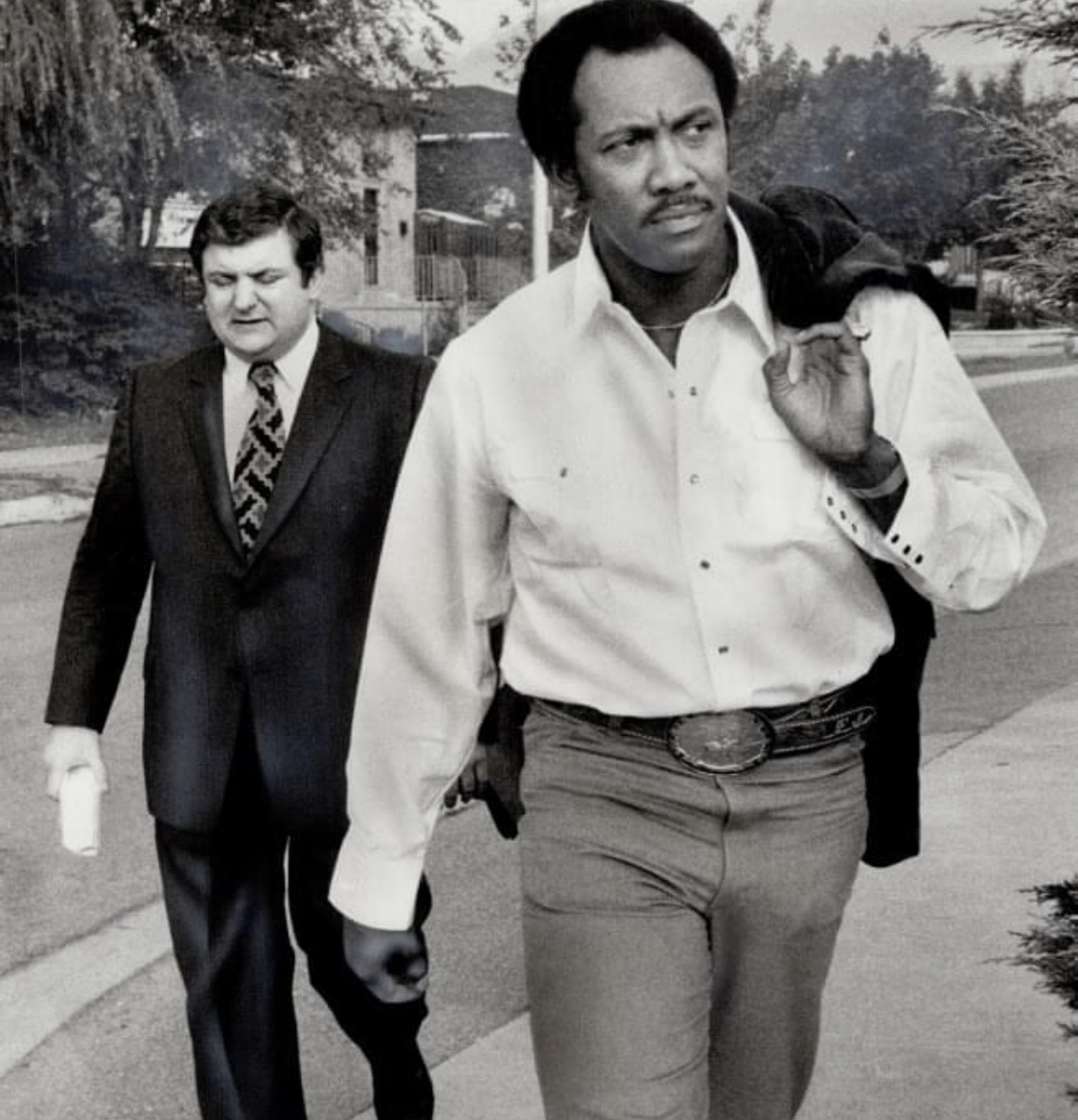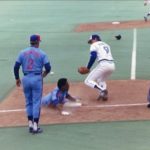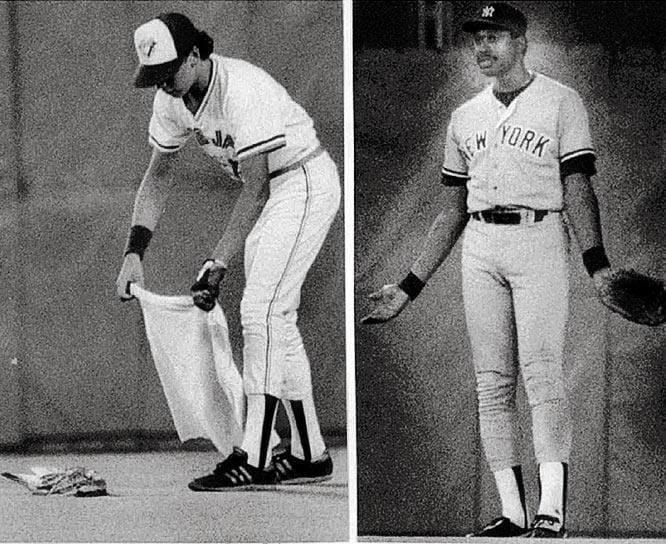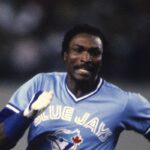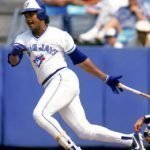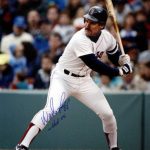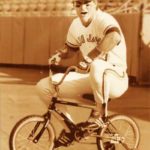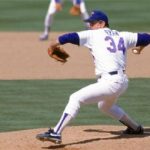Exhibition Stadium
Exhibition Stadium, Toronto,ON CA
Ball Park First Game
Date – 04/07/1977 (1)
Starting Pitchers – vs. White Sox: 04/07/1977
Final Score 9-5 (TOR)
Attendance – 44,649
Starting Pitchers Ken Brett (CHA); Bill Singer (TOR)
First Batter – Ralph Garr (CHA) Result – Walked
First Hits – Richie Zisk (CHA),Homered (1st)
First Run – Ralph Garr (CHA)
First RBI – Jorge Orta (CHA)
First Homerun – RiCHAe Zisk (CHA) vs. Bill Singer (TOR) on 04/07/1977 (1st inning)
First Grandslam – Hector Torres (TOR) vs. Ron Guidry (NYA) on 06/27/1977 (5th inning)
First Inside Park Homerun – Cecil Cooper (ML4) vs. Jerry Garvin (TOR) on 05/05/1977 (5th inning)
First No Hitter – None
Ball Park Lasts
Last Game – vs. White Sox: 05/28/1989, Final Score – 7-5 (TOR)
Attendance – 46,120
Starting Pitchers – Steve Rosenberg (CHA); Dave Stieb (TOR), Winning Pitcher – Tom Henke (TOR) Losing Pitcher – Bobby Thigpen (CHA)
Last Batter – George Bell (TOR), result – Homered to LF
Last Hit – George Bell (TOR), Homered to LF (10)
Last Run – George Bell (TOR), Last RBI – George Bell (TOR)
Last HR – George Bell (TOR) vs. Bobby Thigpen (CHA) on 05/28/1989 (10th inning)
Last Grand Slam – Mark McGwire (OAK) vs. Tom Henke (TOR) on 05/02/1989 (9th inning)
Last Inside The Park Homerun – Jim Sundberg (TEX) vs. Frank Wills (TOR) on 09/04/1988 (4th inning)
Last No Hitter – None
TRIVIA –
Before the first major league game played at Exhibition Stadium the field was covered in snow and a zamboni machine borrowed from the Toronto Maple Leafs was used to help clear snow between innings; Al Woods hit a pinch-hit homer in his first major league at-bat in Exhibition Stadium’s first game on April 7, 1977; A game between the Blue Jays and Texas Rangers on April 30, 1984 was postponed after six pitches due to 35 mile per hour winds that blew the dirt from around the bases on the artificial turf infield. Rangers manager Doug Rader had to pull 180-pound lefty Frank Tanana from his starting assignment in favor of 250-pound righty Jim Bibby for fear that Tanana’s mechanics would have been messed up by the high winds, but the game was called off with two outs in the top of the first inning.
FIRST IMPRESSION
Exhibition Stadium was an impromptu baseball field, a football facility incapable of doing a quality impersonation. Exhibition Stadium’s greatest sin was that it never really looked, felt or smelled like a ballpark, a personality flaw that generated unfair criticism, ridicule and contempt (“Excruciation Stadium”) over much of its 12-plus-year major league existence. Its greatest qualities were perseverance and grace under fire — as a Canadian interloper to America’s national pastime.
In retrospect, Exhibition might have been a perfect fit for the 1977 expansion Blue Jays and baseball’s second venture onto foreign soil (the Montreal Expos had started play in 1969). Because of the facility’s exaggerated horseshoe shape, the playing field and grandstands were makeshift and unsophisticated, much like the young team that lost 318 games during the franchise’s first three years and the enthusiastic fans who struggled to learn the American game. Exhibition Stadium was a first house — no-frills, basic and comfortable as its young Blue Jays matured into a contender; outdated, overmatched and underequipped when they sprouted their championship wings.
The simple fact is major league baseball might never have embraced Toronto without Exhibition Stadium, a pre-1900 facility that expanded over the decades while serving as the showcase for events at the Toronto Fairgrounds. The 350-acre fairgrounds site, a complex of buildings, landscaped gardens, an amusement park, restaurants and concert facilities, still thrives in downtown Toronto as home of the Canadian National Exhibition, an annual three-week fair that attracts millions of world visitors.
The fairgrounds — a stroll through the park, literally — provided a favorable first impression of Exhibition (alias CNE Stadium) while the distant Toronto skyline, CN Tower and nearby Lake Ontario offered a scenic backdrop that few ballparks can match. The clean, landscaped walkways and a modern glass-and-concrete facade suggested life — and baseball — might be good inside. But first you had to get over the shock.
SIGNATURE FEATURES
Exhibition Stadium was a long, college football-style facility that was converted for baseball use — much like the Los Angeles Coliseum was transformed into a temporary home for the Dodgers in 1958. The Canadian Football League’s Argonauts had played at Exhibition Stadium since 1959 and baseball was an awkward fit, no matter how you tried to twist, turn or manipulate the basic diamond. Facing single-deck stands extended the length of the field, dictating the construction of an elbow that connected one sideline with end zone seats — forming the home plate backstop as well as first and third base stands.
As a result, the main football grandstand, the only covered seats in the stadium, became a left field general admission pavilion. The seats behind the plate and down both lines were really glorified bleachers. A temporary 12-foot chain-link fence (the lower 8 feet padded) formed the perimeter of the outfield, a fence that followed the left field grandstand into deep left-center before curving away and crossing the field at about the football 35-yard line. The symmetrical result (330-400-330) left a large dead area beyond the right field fence and rendered useless the seats that extended beyond the fences to the distant end zone — except for binocular-wielding diehards.
The playing surface was artificial, seats on the first base side were aluminum benches. There were no multi-decked stands and the only luxury boxes were on top of the left field “bleachers,” obviously constructed for football use. One of the strangest sights was the location of the 41-foot-high scoreboard, far away from everything in the opposite end zone.
NOTABLE
Seagulls were as much a part of baseball at Exhibition Stadium as the seventh-inning stretch. Hundreds of seagulls would wait patiently for games to end and their feast to begin. If you didn’t run for the exits when the game ended, you faced the possibility of a scene straight from Alfred Hitchcock’s “The Birds.”
In a memorable incident on August 4, 1983, a warmup throw from Yankees center fielder Dave Winfield killed a snoozing a seagull. Winfield was arrested after the game, but the charges were eventually dropped.

